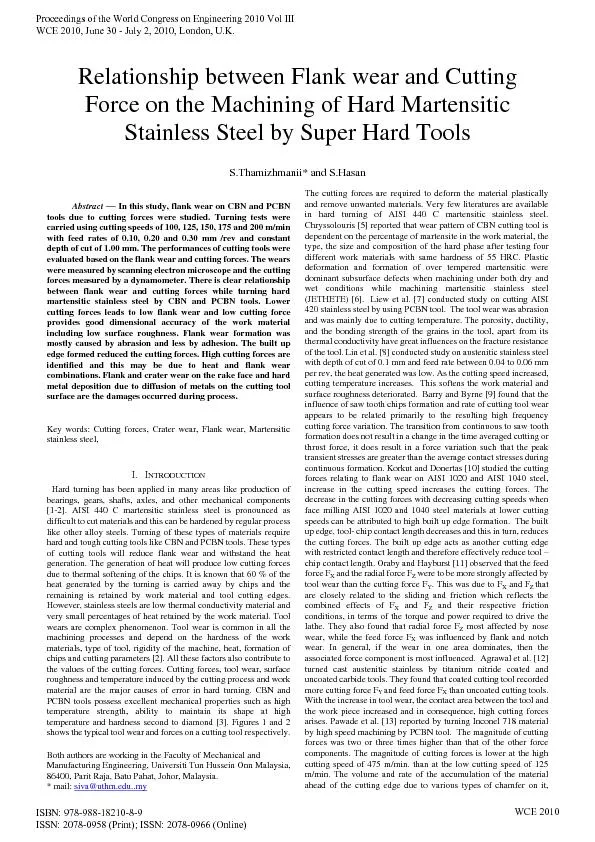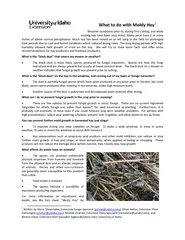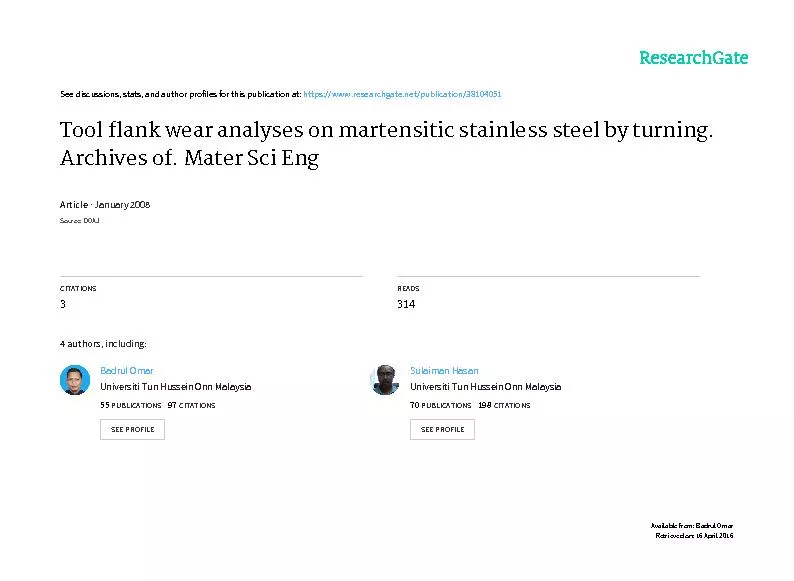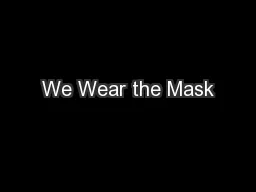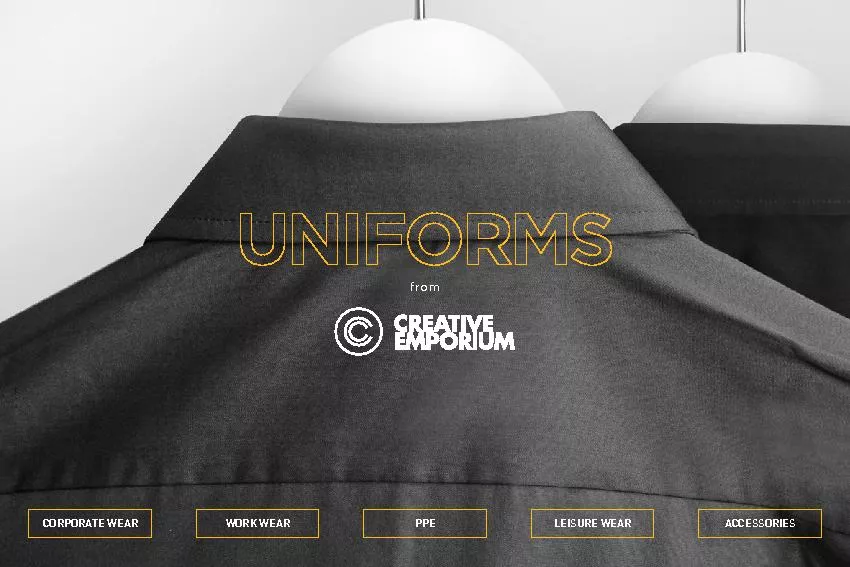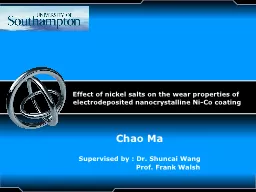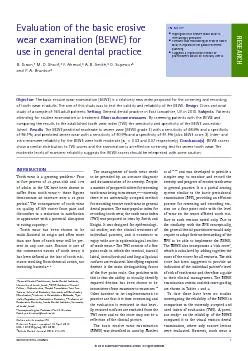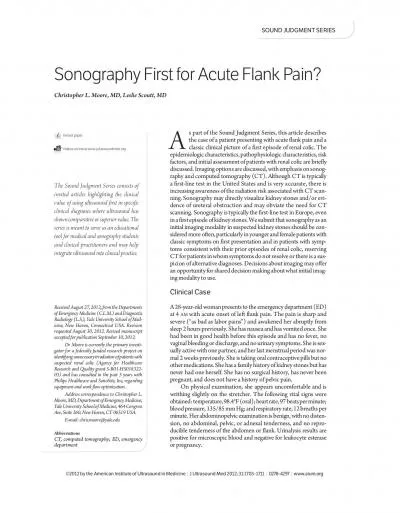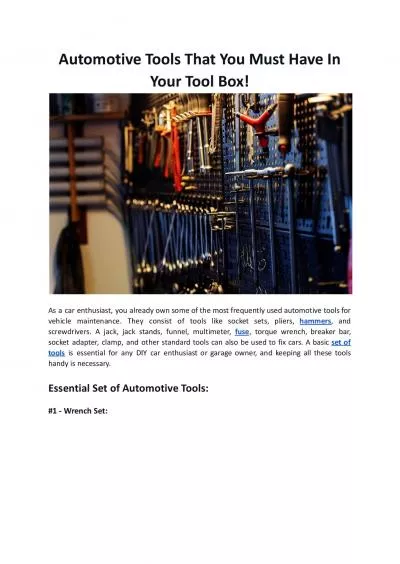PDF-Abstract In this study, flank wear on CBN and PCBN tools due to cuttin
Author : ellena-manuel | Published Date : 2016-04-15
The cutting forces are required to deform the material plastically and remove unwanted materials Very few literatures are available in hard turning of AISI 440 C
Presentation Embed Code
Download Presentation
Download Presentation The PPT/PDF document "Abstract In this study, flank wear on CB..." is the property of its rightful owner. Permission is granted to download and print the materials on this website for personal, non-commercial use only, and to display it on your personal computer provided you do not modify the materials and that you retain all copyright notices contained in the materials. By downloading content from our website, you accept the terms of this agreement.
Abstract In this study, flank wear on CBN and PCBN tools due to cuttin: Transcript
Download Rules Of Document
"Abstract In this study, flank wear on CBN and PCBN tools due to cuttin"The content belongs to its owner. You may download and print it for personal use, without modification, and keep all copyright notices. By downloading, you agree to these terms.
Related Documents

